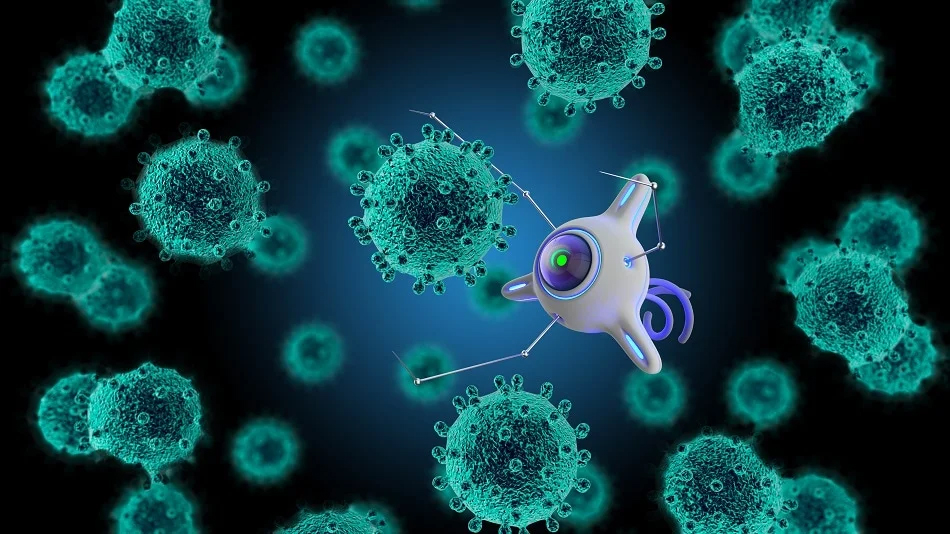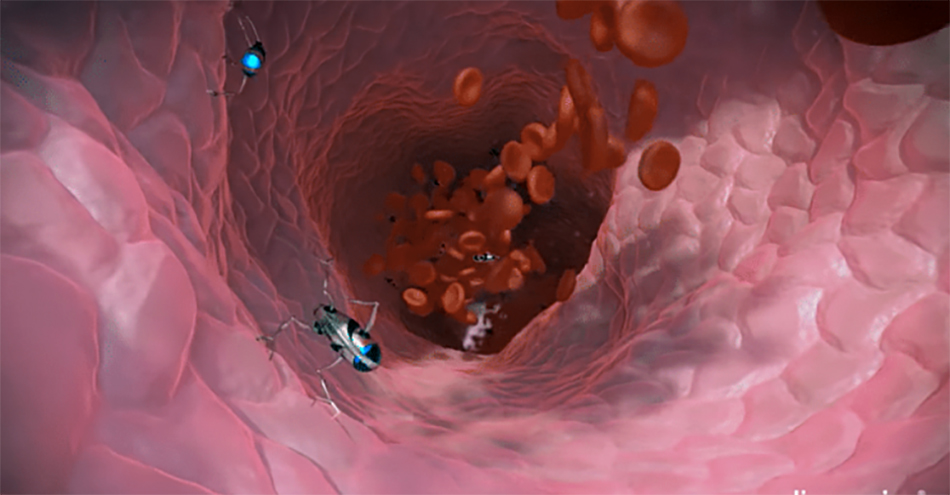By 2030 Nanorobots Can Be Flowing Through Human Bodies

Nanorobotics is the technology that produces minute robots or machines. Nanorobot refers to nanomachines engineered for a wide range of uses. The prediction is that it will help advance different fields through the manipulation of these tiny objects. A nanorobot can range in size from 0.1 to 10 micrometers.
Currently, nanorobotics is still an emerging technology in the research and development phase. The medical field is one of the different sectors that researchers and developers believe will benefit from nanotechnology.
Cancer therapy
Interestingly, there are already studies to use nanorobots in cancer therapy. Researchers from ITMO University in St. Petersburg, Russia, developed a nanorobot to target cancer cells. In controlled conditions, they are using the nanorobot in two ways. One is to find pathogenic cells that may develop into cancer cells later and destroy them. The other is to destroy the pathogenic RNA strands that produce harmful proteins.
The next step for the team is to test the nanorobots on living cells. They say that the funding will not be a problem because the production of the nanorobots is very cheap, ranging from $15 to $20 only. The team is currently working on a method to deliver the nanorobot to the cells.

Current applications in the testing phase
The medical field stands to benefit the most when nanorobotics is in full swing. In one injection, it is possible to transport large amounts of nanorobot devices into a patient’s system. With further tweaks in the design, the developers and scientists can include a communication interface with the nanorobots inside the body to change their function and programming. In effect, your system becomes augmented. The researchers already foresee how minute devices can improve the monitoring and treatment of diseases and minimizing invasive surgical procedures.
Ray Kurzweil, Google director of engineering and a futurist, believe that in 10 years, human blood will have nanorobots as one of its components. The tiny devices will keep people from getting sick. The small devices will travel throughout the body on a molecular level.
Pinpointed drug delivery
Aside from cancer treatment, scientists believe that they can use nanorobots to deliver drugs to humans accurately. The nanorobots can provide the correct dosage of a drug at the time when the patient needs it. With this form of delivery, they believe it will prevent the occurrence of nasty side effects.
Wyss Institute for Biologically Inspired Engineering and Department of Genetics at Harvard Medical School scientists also reckon that nanorobots can be used to solve dietary issues and minimize plaque in veins.
Promising future applications
Nanorobots are going to be the boost to advanced biomedical instrumentation implementation. Researchers are already testing the early diagnosis and treatment of cancer. They see future applications in the following:
- Targeted delivery of drugs for cancer treatment
- Treatment of arteriosclerosis
- Tissue engineering
- Pharmacokinetics monitoring of drug delivery
- Dental surgery
- Ophthalmology
- Cellular assistance in inflammatory responses
Soon, nanorobots can be used to monitor human bodies for illnesses and other conditions, with the information sent to cloud storage so that medical staff can monitor patients closely. But there are ethical questions here. Would people want platforms like Google to access their brains directly?